IDE: 5 most favorite NetBeans features
Development with pleasure….
NetBeans has many interesting features that make development very easy, with few steps, and makes for a very productive environment, in terms of getting your product to market very quickly.
It is very hard to limit my talking to only five features, while this IDE has tons of interesting features. But here I am going to mention my most favorite 5 features I am daily using in my development process on many platforms:
It is the reference development implementation IDE:
I am a JCP (Java Community Process), EC (Executive Committee), a JSRs (Java Specifications Request) adopter and FishCAT (Glassfish Community Acceptance Testing) contributor especially in Java, SE & EE world. While I am in early phases of testing the specifications, I need an IDE which support those technologies and made it easy to test and develop them, to report bugs, enhancements and confirms that JSRs Specs are valid against RIs, and with other JSRs on latest RI Application server like Glassfish.NetBeans offered all of this for us to streamline the process, with almost a nightly and weekly builds alongside JSRs RIs builds, which we use to test previously mentioned RIs betas.The most interesting part of the story here is when we released Java EE 7 on last Mid of June 2013; there was already NetBeans 7.4 was generally available released to fully support development of Java EE 7 technologies. And this happens also for JDK 8 when it released 18-March 2014, there was NetBeans 8.0 fully support Java SE 8.0.
Android Mobile development made easy:
NetBeans shipped with a very great support for mobile development either it was pure Android development in term of this is a Java Based IDE or Hybrid development in term of frontend technology support (HTML5, CSS3 and JavaScript).With a very productive plugin NBAndroid you can develop a pure Android project compatible with original ADT SDK (Android Development Toolkit) project structure, test, emulate and deploy on emulators as well as native devices at the same time. You should give it a try if you interested in mobile development.
Create a new Project:
Identify Properties:
Created project:
Runs On Android Emulator:
Hybrid Mobile development support:
Hybrid mobile development is never made easy as now in NetBeans nowadays, NetBeans introduced a hybrid mobile development based on Cordova open source mobile framework. Which is one of the most popular frameworks to develop hybrid mobile applications.While NetBeans gives a great and solid support for frontend engineering technologies like JavaScript, HTML5, CSS3, Frameworks like AngularJS, NodeJS, and jQuery core, mobile, and UI … etc.Which made it easy to develop a Hybrid based mobile applications for both Android and iOS in one shoot with few clicks. Without context-switching to other IDEs to accomplish the task.It has complete support for Apple iOS development toolkit and Android ADT SDK, therefore you can test your application locally for mobile web and on emulators/devices of both mobile OSs, then export final product either it was .apk binary for android or .ipa for iOS, for final deployment on Apple store or Google play store.
Creating the project:
Choosing template:
Identifying project properties:
Choosing deployment method:
Deployed on iOS simulator:
JavaScript libraries in one place:
If you are a frontend engineer, then you got the right choice, yes this IDE is for you, I know you need to develop a modern web application, but wait this needs many JavaScript modules and libraries to do it.One among the very panic tasks in web development nowadays, is to search for JavaScript tools and setup your project for them, then download each JavaScript libs from different sites with there resources and support libs, in addition you have also to manage their updates to fix problems or get a new feature. NetBeans comes with a build in tool that allows you to get your JavaScript libraries in one shoot from the IDE directly and mange their updates from the same place.You will find almost all JavaScript libs you need, and you can filter your choice from the tool to pic up the right libs you need for your project, and where to put them in your project.As mentioned in first picture the libs were updated on Apr 26, 2014, just click and will updates all libs to today releases.It saves me a bunch of site visiting and worrying about updating them, and even adding new ones in future of the project.
The JavaScript tool:
Pickup and filter your choices:
SOAP based client/Web Services in one click:
I am working in government environment, which requires much integration between systems either directly or through a G2G (Government-to-Government) hub, each one needs a specific integration requirements.If it is directly, you have to define you web service annotations on interface based on your backend EJB session bean interface or separate endpoint interface to decouple your Endpoint from your façade, then generate WSDL to be consumed by others.Other scenarios is to go to a Top-Down approach, in developing WSDL first to be certified on G2G hub based on their standards, then generate service endpoint interface from them.Lately I have been asked to develop a Pension G2G WSDL definition and at the same time generate endpoint service interface to begun the testing in one week.I have accomplished this task in 3 days using NetBeans, it has a tremendous support for XML, XSD development, and after finishing the WSDL definition, I need to confirm a correct endpoint service creation, Before publishing service WSDLs to G2G authors.Okay from NetBeans I have created a Web Service from WSDL, passed the WSDL and click finish, that’s all.The surprise was it generates the service endpoint correctly as WSDL def. and at the same time created Service ports and client to test service in one shoot.All I have to do is to implements my service endpoint operations and huryaaaa finished my task.
Adding WSDL and Identifies project attributes:
Generated Service endpoint:
Thanks for NetBeans team for such support and made it a development with pleasure.
| Reference: | IDE: 5 most favorite NetBeans features from our JCG partner Mohamed Taman at the Improve your life Through Science and Art blog. |

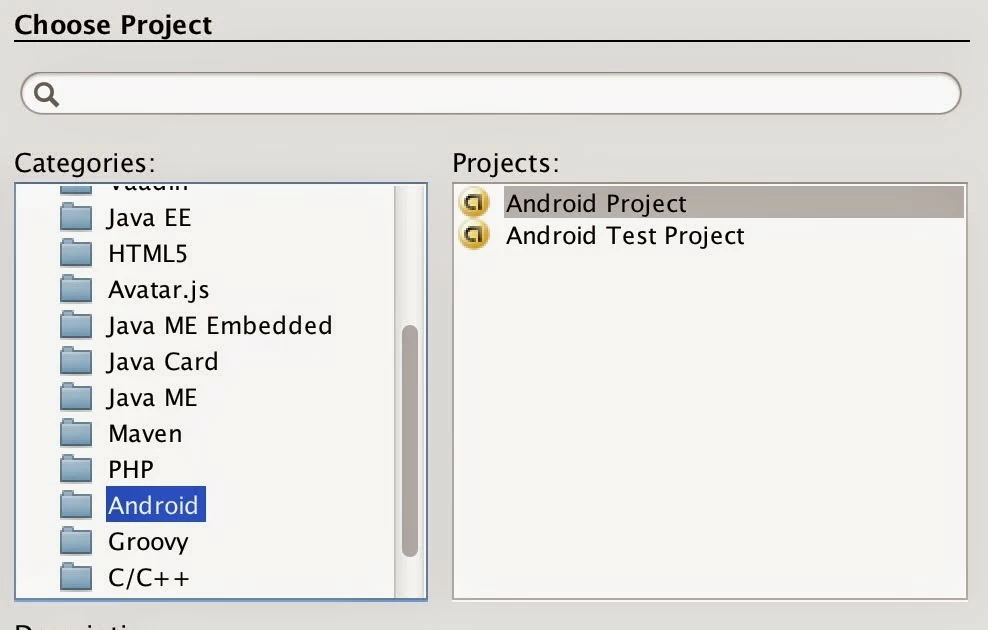
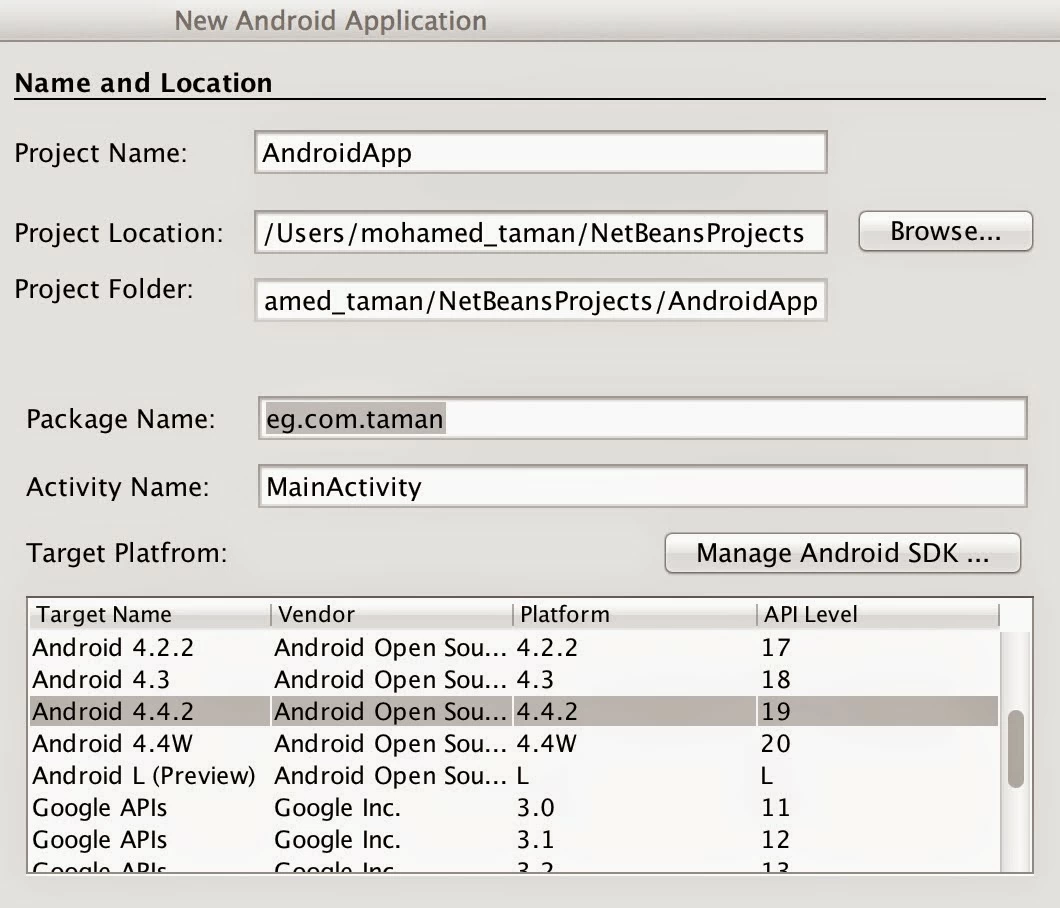
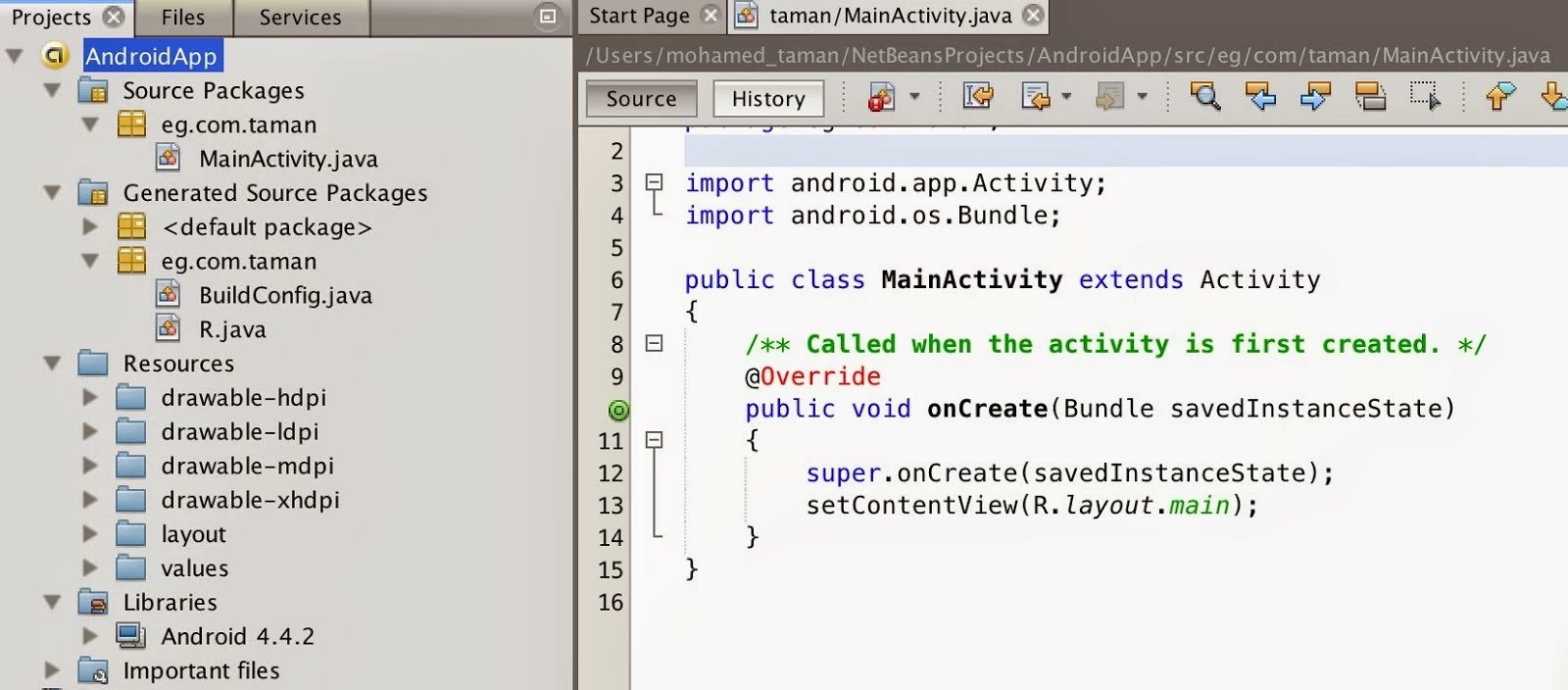

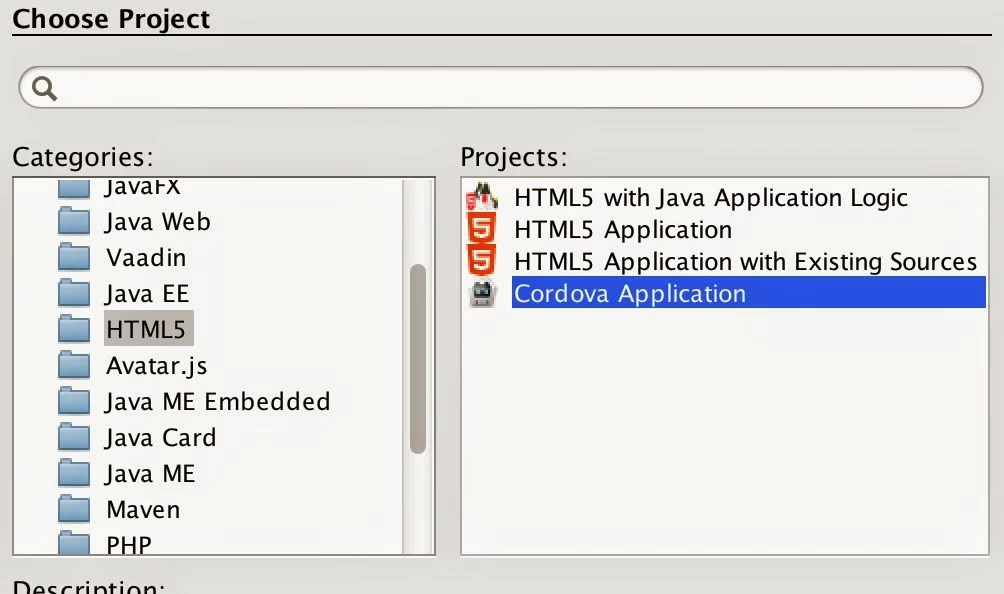
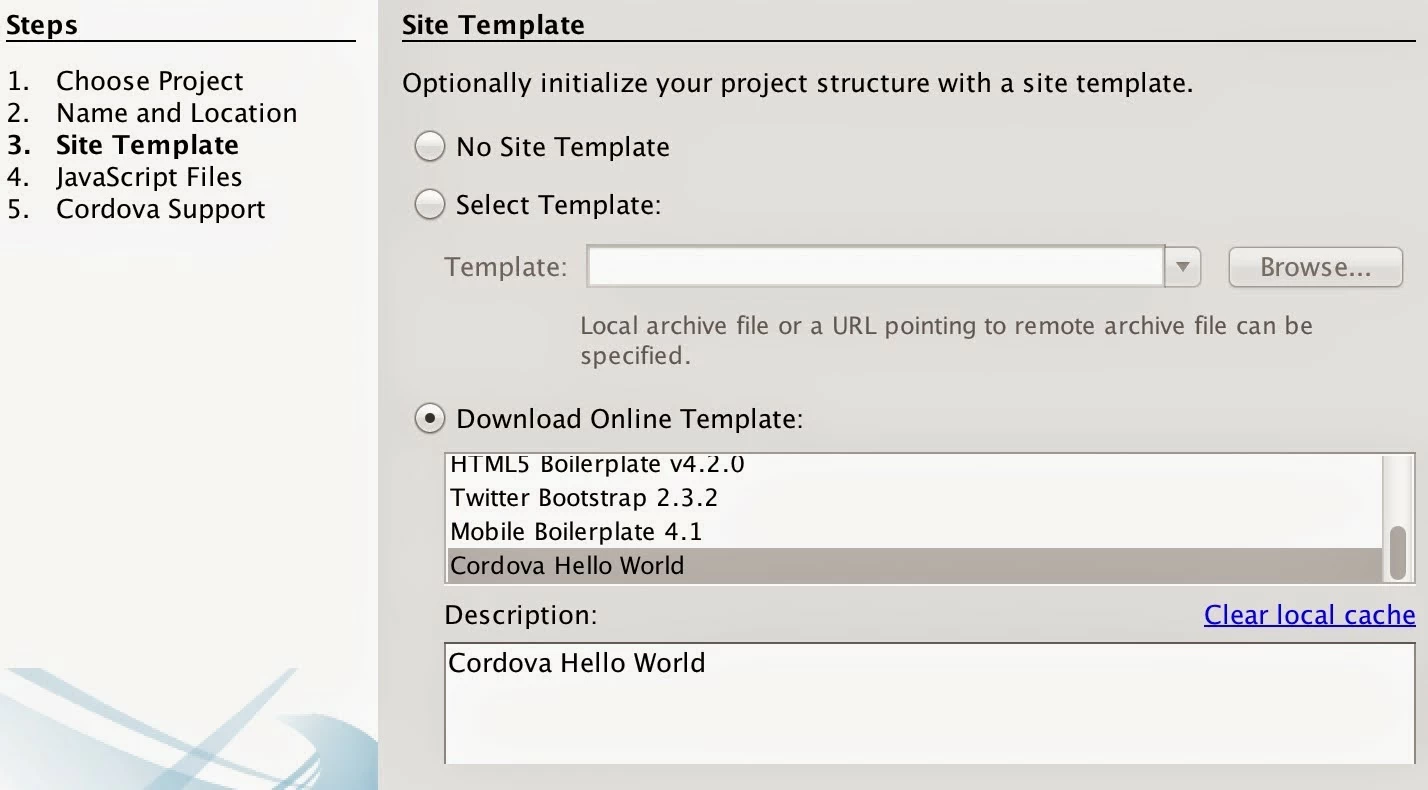
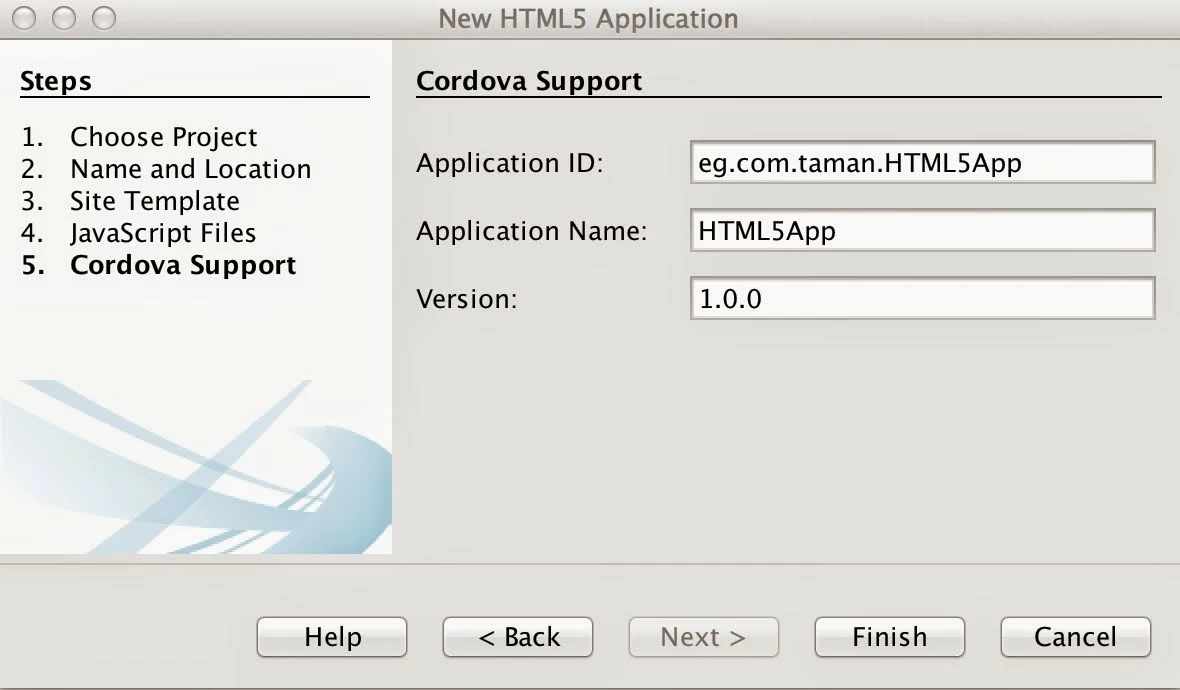
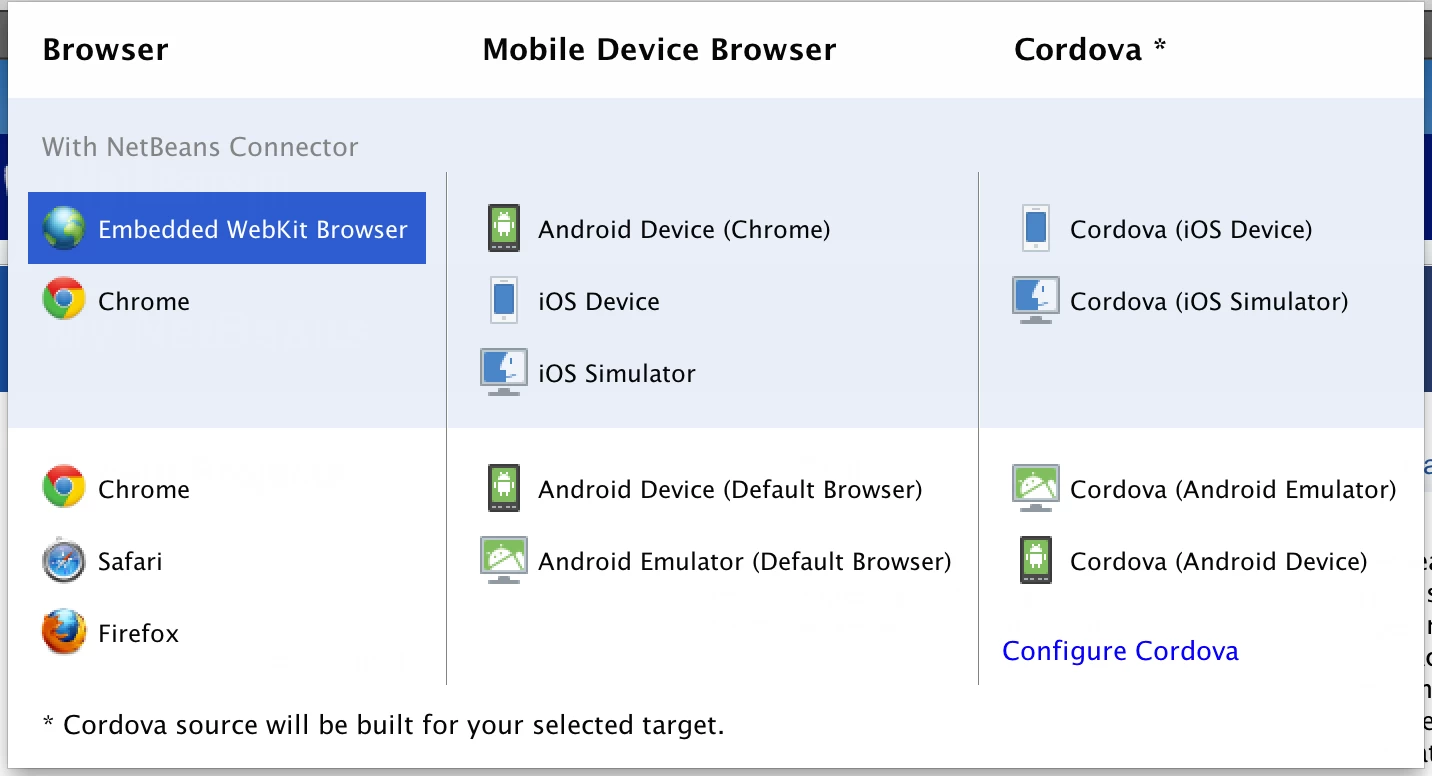
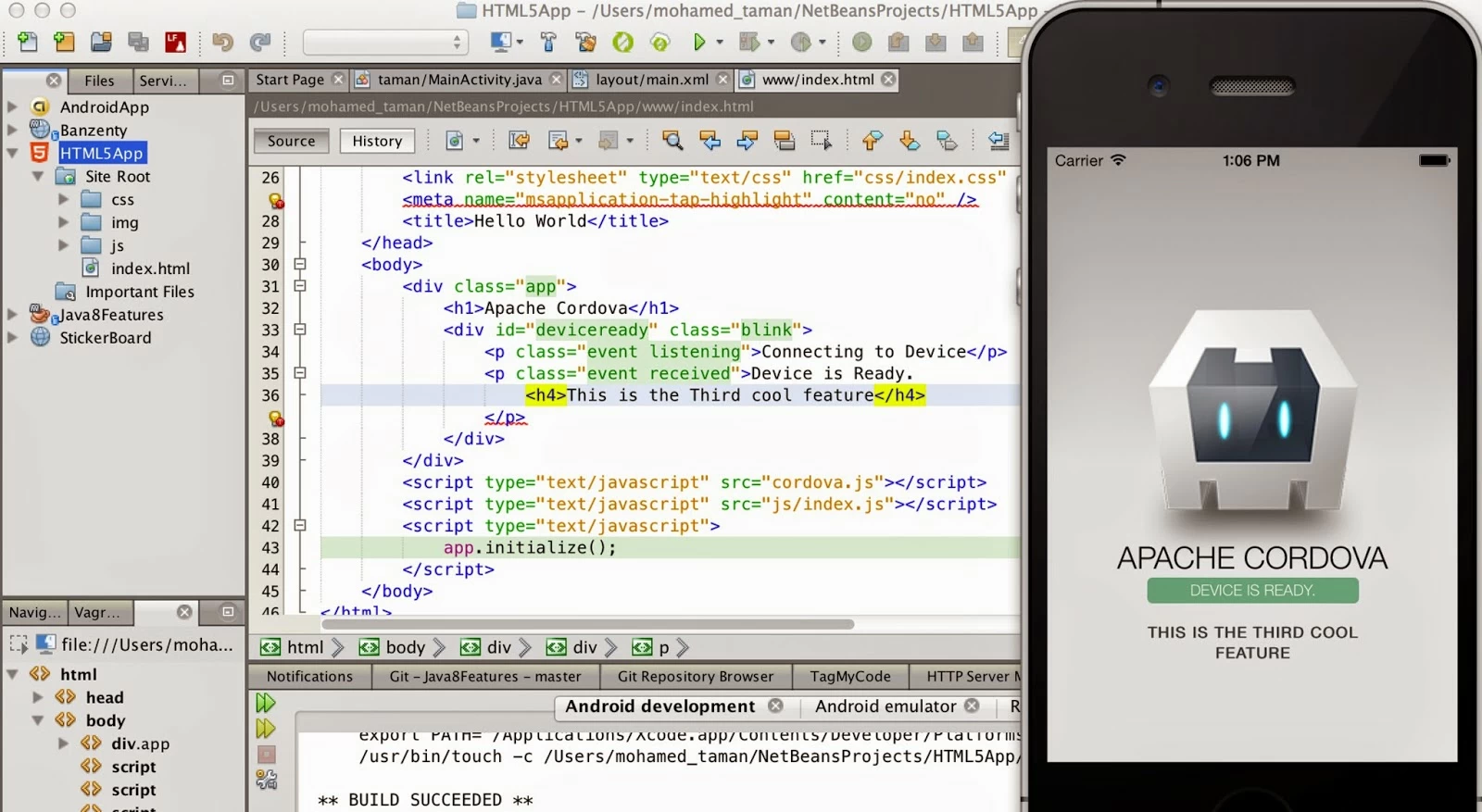
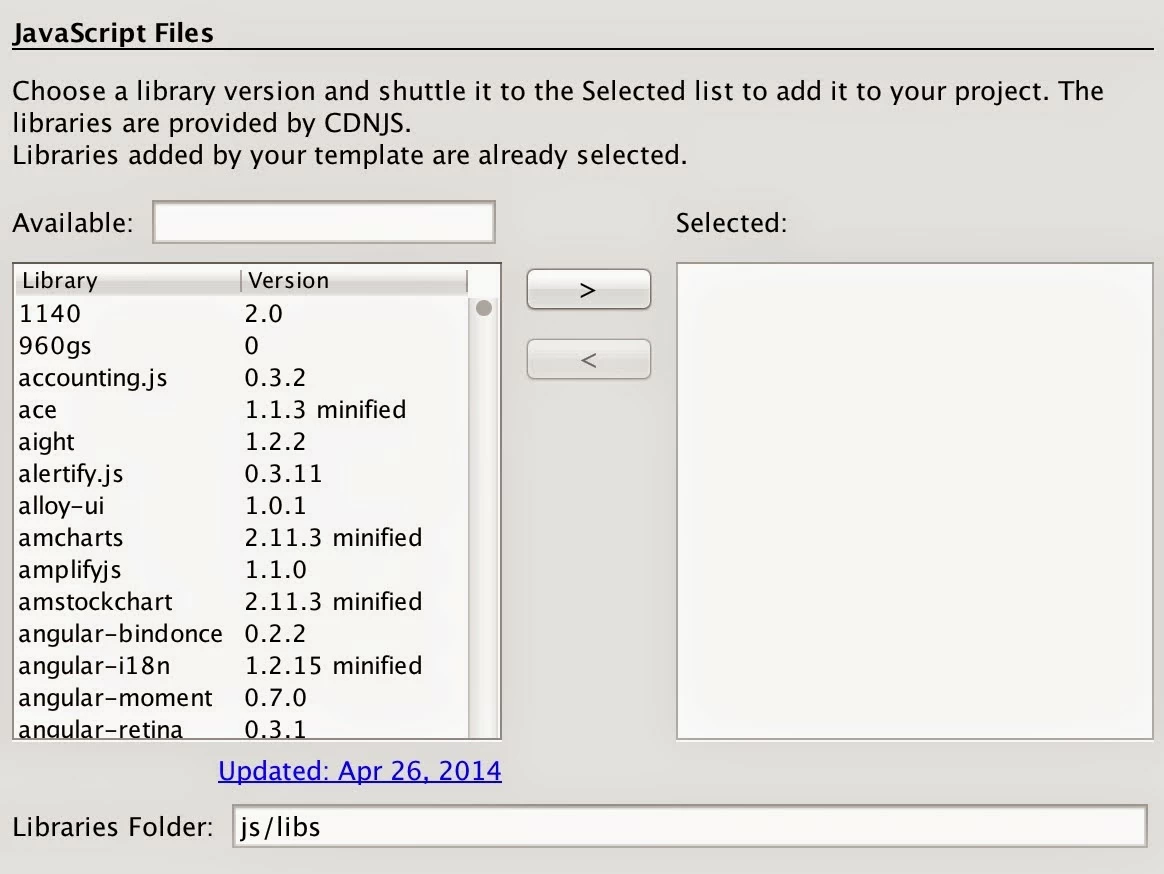
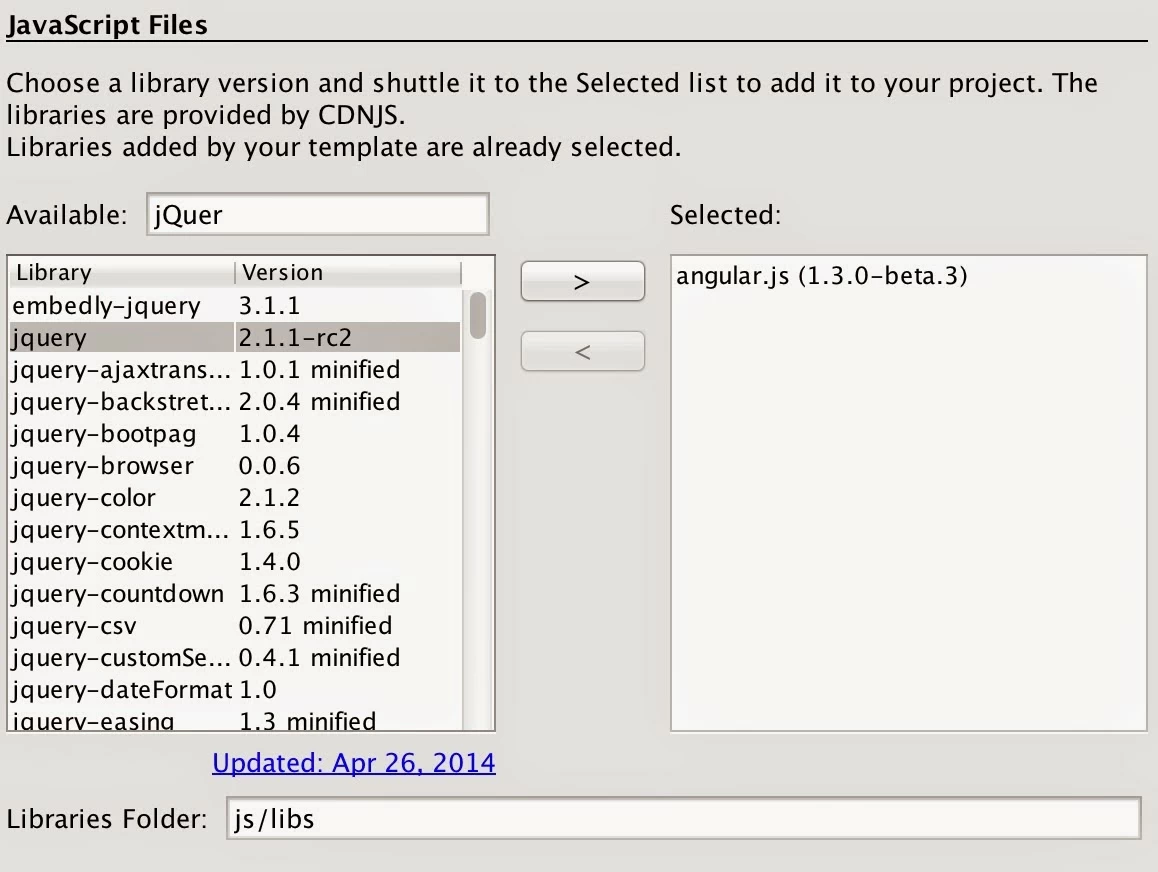
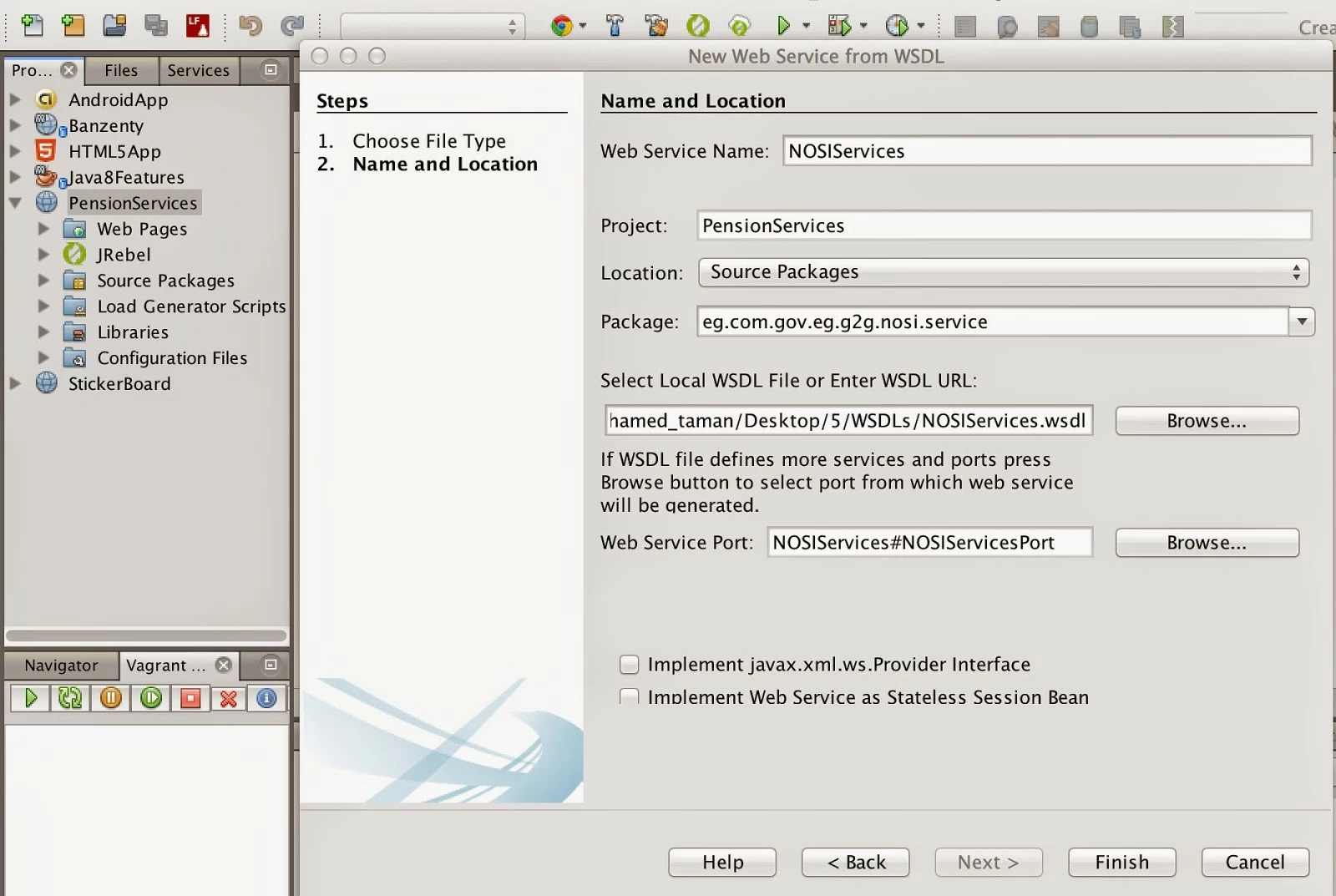
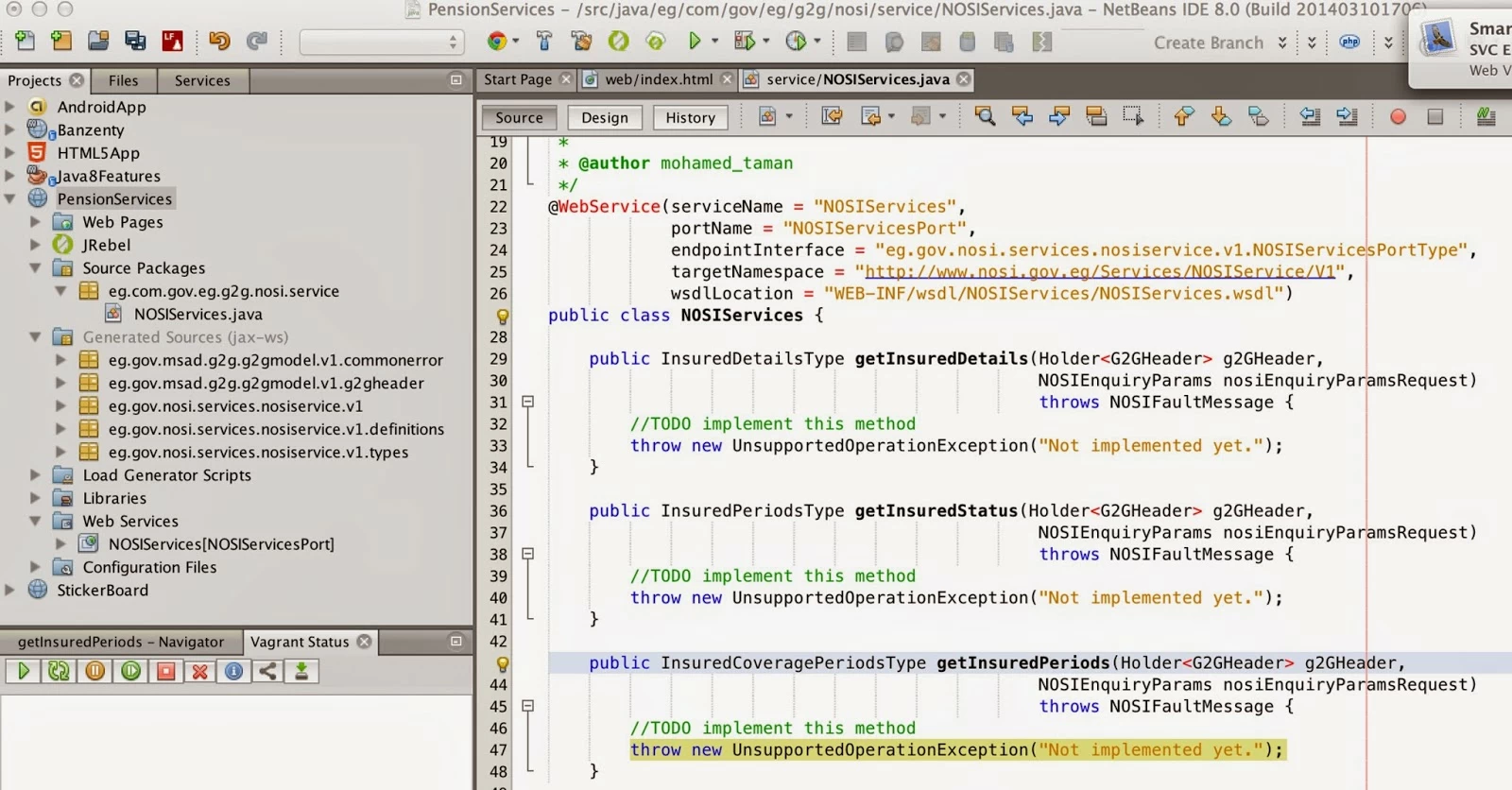


This was a great series, but it seemed unfair for NetBeans as it’s involvement was limited to this article while Eclipse was compared more closely.
I strongly believe it would have been a closer match between IntelliJ and NetBeans after reading the IntelliJ features.